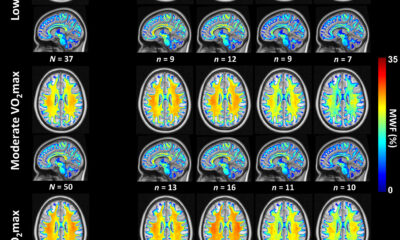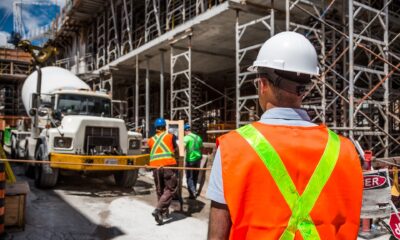Health
According to new research, 38% of physicians say workplace quality is declining

A surgeon, exhausted after a full day of cases.
According to the results In a recent Medscape survey, nearly 38% of physicians said the quality of their workplace was declining, while only 16% said it was improving. Additionally, nearly 82% of respondents reported that they believed that “it is feasible for an employer to maintain a culture that is consistently positive for physicians and that also meets patient and marketplace demands” – which highlights serious discrepancy between employer and physician perspectives on cultivating meaningful collaboration. and healthy workplace.
These perspectives are indeed not new. The number of burnouts and dissatisfaction among physicians has risen rapidly in recent decades. This was particularly championed by the Covid-19 pandemic, during which time doctors around the world were forced to work in challenging environments, faced significant staffing challenges and often had to put their own lives at risk. It is well documented that the physician burnout crisis poses a serious threat to the future of the healthcare system and the workforce. A study published 2022 showed that the number of burnouts has been at an unprecedented high level in recent years and that almost 63% of doctors have experienced at least one manifestation of burnout. Attrition has also been steadily increasing as more physicians and healthcare providers escape clinical medicine to use their knowledge and training in non-clinical settings such as the technology, insurance, education or pharmaceutical industries.
Fortunately, awareness around this topic has become increasingly mainstream. The newest study from the American Medical Association, published last month, indicates that “physician burnout has fallen below 50% for the first time since 2020.” While this is certainly positive news and progress in the right direction, it is certainly not entirely optimistic as the rate is still close to 50% – a shocking figure.
The reasons for this phenomenon are numerous. Perhaps most notorious is the significant workload that most service providers face on a daily basis. Patient care is an ever-consuming profession, and with a rapidly aging population, healthcare providers are facing unprecedented demand for their services. In an ideal world, this demand would be met by rapidly increasing the number of providers. However, in healthcare, this is challenging to implement given the stringent educational, exam, and licensing requirements required to practice medicine. And rightly so, these requirements ensure that doctors have high competence and experience in their work before they can treat patients. But it also means that demand far exceeds supply.
Furthermore, in addition to patient care, physicians are spending more and more time on documentation tasks and other administrative work; time lost visiting patients. An important way organizations combat this is by using technology. With the arrival of smarter EHR systems, artificial intelligence and digital remote capabilities, there is some hope. For example, many hospital systems are now increasingly integrating AI into their systems, allowing physicians to easily search records, aggregate data from multiple patient records, and even glean diagnostic insights from the data; tasks that were previously performed manually and were labor intensive. Additionally, technology enables new ways to simplify a physician’s workflow, with tools like ambient dictation, which can simply listen to a patient-physician encounter and automatically generate a note that the physician can edit and add to.
Nevertheless, while technology can be an important solution to this dire situation, much work remains to be done to change the culture of medicine – one that celebrates healthcare workers and promotes a safe and healthy work environment. If we don’t do this, the growing trend of dissatisfaction among the healthcare workforce could prove catastrophic in the coming decades.













